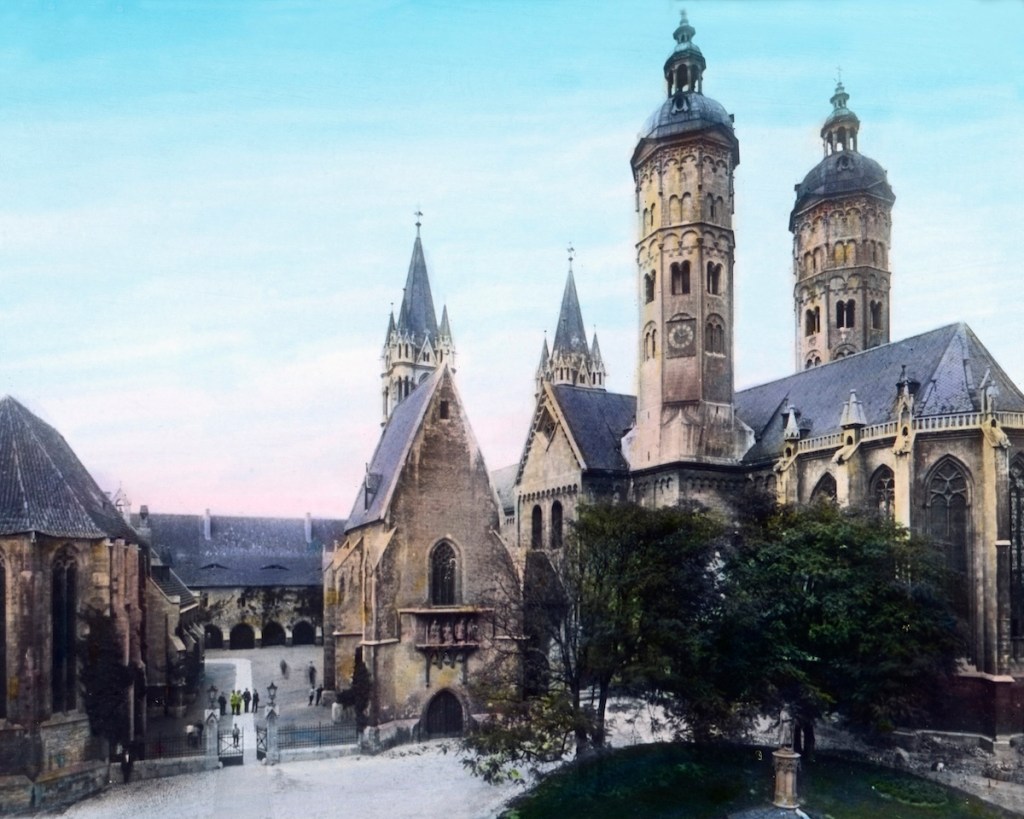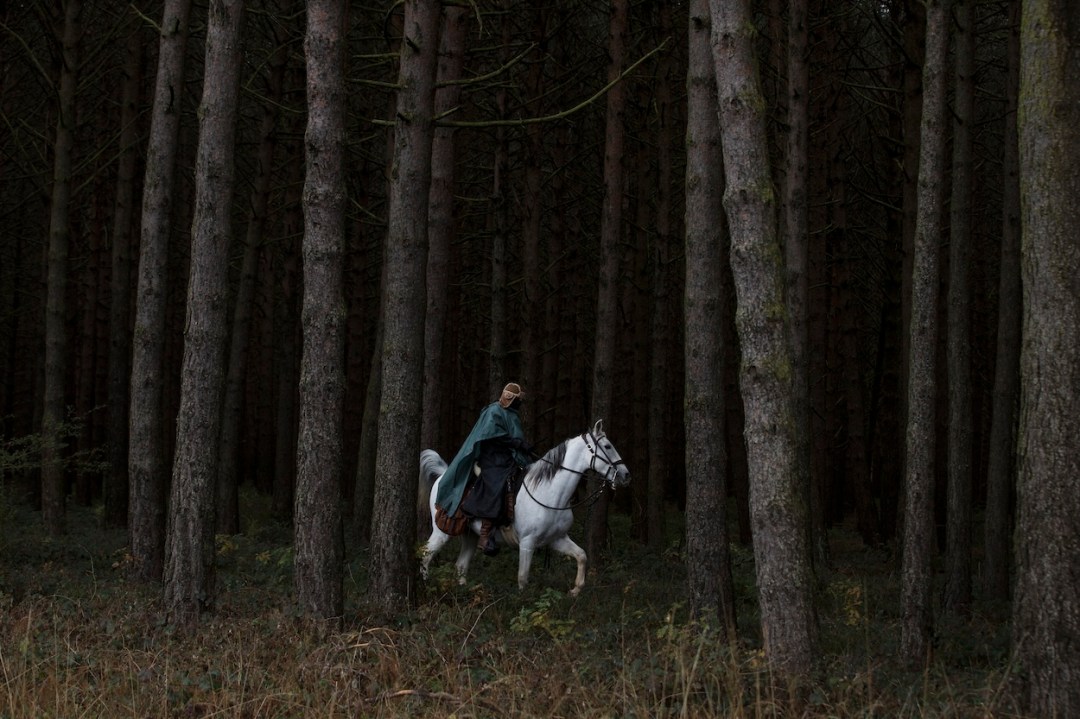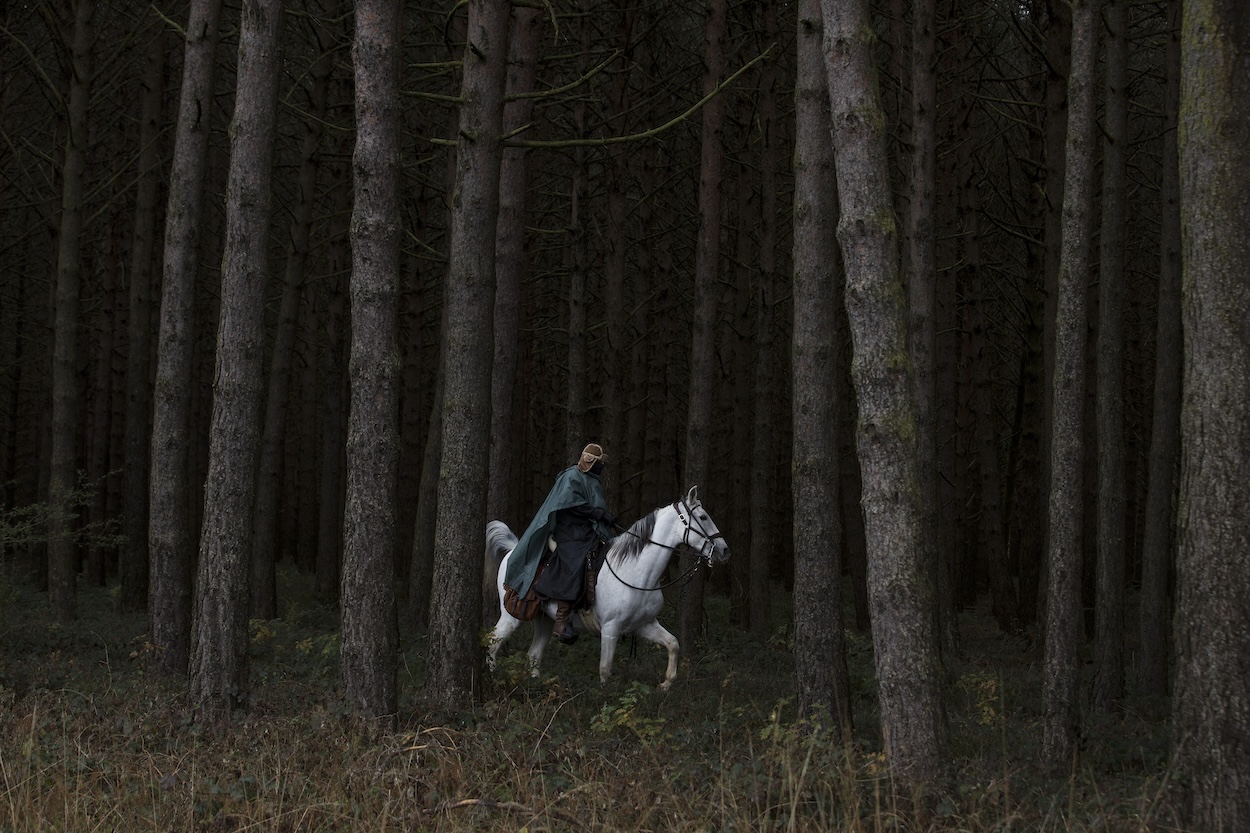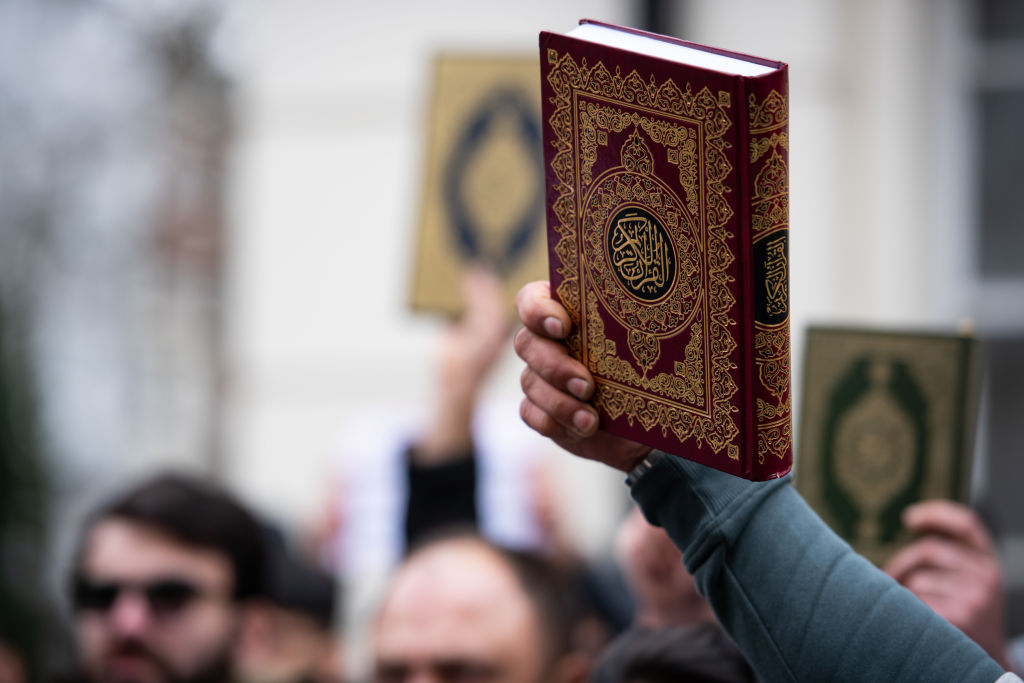There’s good reason oak leaves have long been incorporated into German military decorations like the Iron Cross. The oak tree is the tree of Germany – its leaves standing for strength, courage and tradition – something I witnessed while hiking from Berlin to Erfurt through the former communist lands of the Deutsche Demokratische Republik.
Traversing what used to be East Germany on foot, I realised the extent of its forest cover (and how poor the UK’s is in comparison). There are forests everywhere – about a third of present-day Germany is covered by woodland that is also protected thanks to the political influence of the Greens – and these enclaves are entwined in the German psyche.
‘Near a great forest there lived a poor woodcutter and his wife, and his two children; the boy’s name was Hansel and the girl’s Gretel’ – so opens one of the most famous stories from Fairy Tales of the Brothers Grimm. As Neil MacGregor notes in Germany: Memories of a Nation:
These fairy tales tell the fate of imaginary figures, but they are also about the destiny of Germany. The Grimms’ fairy tales reflect national politics and indeed fears and hopes about the fate of the Germans. And one of the great traditions, or myths, of Germany is that its origins and destiny were forged – like Hansel and Gretel’s – in the forest.
I get where he is coming from. After numerous trips to Berlin to visit my brother, I had to escape to see the real Germany. Berlin’s a phenomenal place, but if you aren’t careful you run the risk, like Goethe’s Faust, of losing your soul there. Plus, it’s only when you get away from Germany’s westernised cities that you find those fairy-tale echoes of the Brothers Grimm to compensate for the sterile modern efficiency that consumes us nowadays.
‘There is no community left in our cities, only in a place like this,’ I was told by one man in the makeshift bar of a village sports club. With sunset approaching at the end of a day’s hike, I’d spotted a group of people beside an astroturf field and popped over to ask if there was somewhere nearby where I could pitch my tent. After being told there was indeed a small lake just ahead that I was most welcome to use, they asked if I wanted to join them.
While the ‘bar’ was basically just a large fridge full of Ur-Krostitzer beers, the high spirits of everyone outside made it feel like the sort of tavern a lone traveller yearns for. When I told them I was following the Jakobsweg – ‘St James’s Way’, Germany’s leg of the Camino – one chap shouted that I would find Valhalla in their state of Saxony-Anhalt.
After discussing Germany’s social atomisation, inflation – sound familiar? – and the perks and pitfalls of Brexit, my main interlocutor bid me farewell, saying: ‘I wish you all the luck in the world!’ as he slapped my back. Admittedly he was under the influence of many Ur-Krostitzers, but it was one of the nicest things anyone has said to me in a long time. The outsized nature of the declaration seemed fitting for a land of fairy tales in which anything is possible.
I soon came to the little lake. It was a delight: just me, my tent, the birdlife and the last of the setting sun, followed by a full moon overhead. After breaking camp early the next morning, it wasn’t long before I was again surrounded by oak trees.
In addition to the mysterious energy of its forests, Germany’s ancient myths and traditions are evoked by the heraldic emblems encountered everywhere. Eagles, their double-headed cousins, griffins, hunting dogs, fleurs-de-lis, bears – lots of bears – and ravens holding a gold ring in their beaks all speak to that medieval past. This was a world where humans looked outward – as opposed to today’s human centrality that has us as masters of all.

I felt this in the medieval centre of the town of Merseburg as I looked up at the twin Gothic spires of the Cathedral of St John and St Lawrence cutting into the blue sky. Back in 1015, Bishop Thietmar, the famous chronicler of the reigns of German kings and Holy Roman Emperors, laid the cathedral’s foundation stone. Standing there, I realised I was in the midst of a very slow-flowing river of time, one that has been moving inexorably for a thousand years within those walls.
In Naumburg Cathedral, the life-sized statue of Uta von Ballenstedt – reputedly the most beautiful woman of the Middle Ages – is claimed as the inspiration for the Evil Queen in Disney’s Snow White. Flanking the cathedral’s crypt are two stone staircases with striking handrails. One is decorated with small metalwork statues of all sorts of wonderful animals ascending towards Saint Francis at the top. The other features demons and fallen men sliding down into the jaws of the abyss.
Germany’s ancient myths and traditions are evoked by the heraldic emblems encountered everywhere
In the ancient crypt, as I gazed upon its strange Romanesque crucifix dating from 1160, I got a sense of entering a thin place where the divide between reality and the metaphysical realm is lessened. Depicting Christ the Triumphant, in contrast to the usual Crucifixion depictions of anguish and suffering. The more you stare the more it seems to stare back with its brazen declaration: yes, I won; Death shall have no more dominion – if you so choose to believe and follow me.
Germans have long fought over what Germany actually is, ranging from its struggles that finally brought together all those German-speaking kingdoms in 1871 to the fallout from its 20th-century cataclysms. Belief, identity and yearning for a greater realm; no wonder Christ is still King in the deepest parts of this land.
When the Berlin Wall came down and East and West were unified – Germany’s second unification – it seemed that finally the riddle had been solved. But of course it hadn’t: the country still wrestles with distinctly different identities on either side of the former border.
In many of the towns and cities I passed through, as well as the bland westernisation that has left the atmosphere flat, it also often felt strained. The country is reckoning with three million migrants after Angela Merkel opened the doors in 2015 – it was certainly an audacious play on the virtues represented by those oak leaves. But the rise of the AfD indicates many don’t judge it a prudent display of German courage.
Yet all of that is left behind in those forests, the intervening fields and ancient villages connected by the Jakobsweg. There you hear, in the leaves, the old German soul entwined with the mysteries of Rapunzel’s dark hair. For she dreams no ruin lies there.








Comments